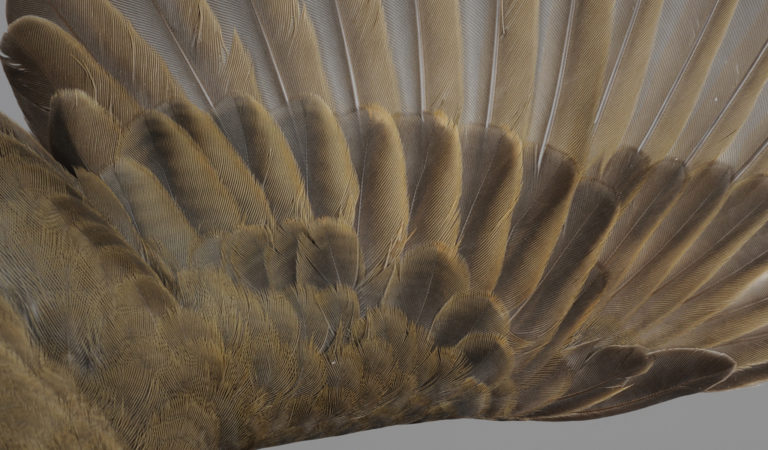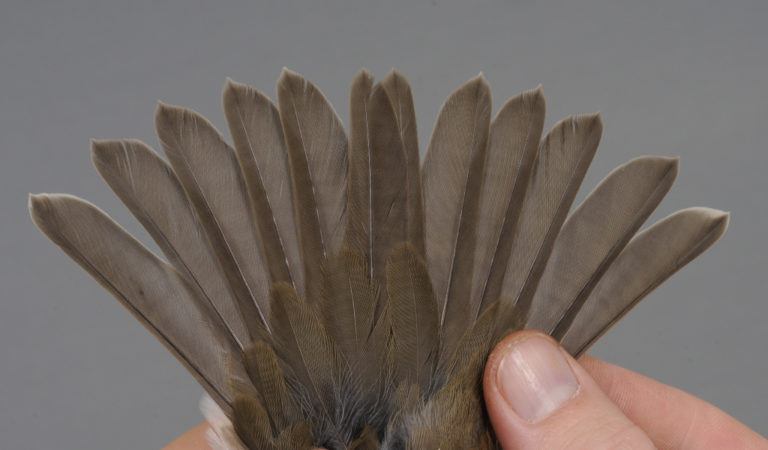

Redwing
AGE – BEST CRITERIA:

1cy October. GC1-7 and GC10 are unmoulted juvenile (shorter and with typical large buffish tips) in contrast to post-juvenile GC8-9 (longer, unmarked and slightly more olive tinged). Note also that the juvenile GC show a contrast to the post-juvenile LC and MC. [Specimen]

1 cy November. A more difficult individual, but GC1-5 are juvenile, showing smaller, darker and more diffuse pale tips than average, but are still slightly shorter, more worn, less olive and a less dense feather structure than the inner post-juvenile GC6-10. Note that fresh post-juvenile MC and GC often show brownish-rusty edges, like here. [3E34948]

1cy October. Juvenile RR are generally slightly more narrow and more pointed than in adult, but there is a variation in shape and difficult birds are sometimes seen. The structure is often helpful: less dense, less glossy and somewhat paler brownish than post-juvenile (or post-breeding) feathers. Most birds include no RR in the post-juvenile moult, but occasionally single RR (often only the central R1) may be included. [Specimen]
More Turdus iliacus:
Ringers’ DigiGuide is sponsored by: